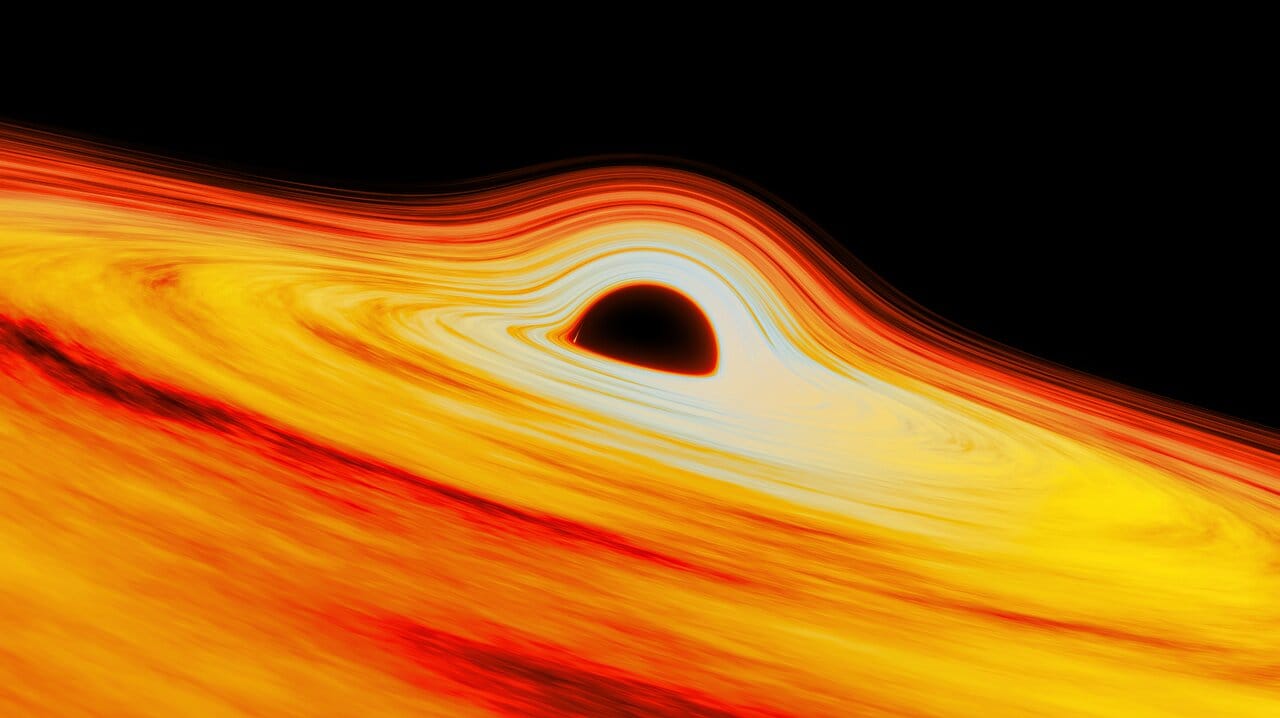
Scientists are searching for signs of a “fifth force” at the center of our galaxy that could rewrite the rules of gravity and help to resolve some fundamental mysteries in the universe, according to a recent study in the journal Astronomy & Astrophysics.
For decades, researchers have speculated that exotic new physics could fill missing links in our current understanding of gravity, which is based on Einstein’s general relativity. One idea is that a hypothetical fifth force—in addition to gravity, electromagnetism, and the strong and weak nuclear forces—known as a Yukawa-type correction might subtly alter how gravity behaves over certain distances. A direct detection of this force could shed light on longstanding puzzles like the nature of dark matter, an unidentified substance that accounts for most mass in the universe, or the behavior of gravity at quantum scales.
Now, researchers have used the advanced GRAVITY instrument at the Very Large Telescope in Chile to look for hints of this correction near the supermassive black hole at the center of the Milky Way.
“The current theory of gravity is unable to explain some observations performed in the universe” such as “the presence of dark matter, or the expanding universe,” said Arianna Foschi, a postdoctoral researcher at the Paris Observatory and an author of the new study, in an email to 404 Media.
“One possible explanation for this may be that the theory of gravity is not complete yet and some modifications to explain those effects are needed,” she added. “We looked exactly for the presence of such a modification.”
Whereas gravity influences objects over massive cosmic distances, the Yukawa correction is predicted to be short-ranged and undetectable in local environments, such as our planet or the solar system. However, hints of this force, if it exists, could be observable near our galaxy’s supermassive black hole, Sagittarius A*, a chaotic region that showcases gravity at an extreme.
With that in mind, the GRAVITY collaboration trained its namesake instrument on a massive star called S2 that is very close to the supermassive black hole, orbiting it once every 16 years. Due to its proximity to the black hole, S2 has yielded many insights about gravity and general relativity, making it an attractive target for the team’s hunt for a fifth force.
The motion of S2, along with other stars around Sagittarius A* “can be incredibly useful to check whether objects orbiting around a supermassive black hole follow the same rule as planets in the solar system,” Foschi said. “Observations suggest that indeed the law that makes S2 move is the same as the Earth, however there still can be modifications that cannot be seen ‘by eye’ but needed to be tested.”
As it turned out, the instrument’s precise measurements did not detect a fifth force, but they did get us closer. The results narrowed down the parameters of its possible intensity, represented by the variable “alpha.”
“If before, alpha must be less than 0.01, now with our data we showed that it must be smaller than 0.003, significantly improving this constraint,” Forschi said.
Lorenzo Iorio, a physicist with the Italian Ministry of Education and Merit and an expert on modified theories of gravity, said in an email that the team’s approach made sense in principle, but that he had some concerns with the methods. Iorio, who was not involved in the study, cited updated formulas and variables that were left out of its models, but that he said might have improved its accuracy. For instance, the models did not account for the Lense-Thirring effect, which is a relativistic phenomenon near massive objects, or the influence of the accelerations of stars near S2, among other factors.
“I’d say that it is an interesting study that, rather, points towards the possibilities offered by this peculiar celestial laboratory (Sagittarius A* and the S stars),” Iorio said. “It should be repeated more accurately.”
Foschi acknowledged that the variables were not included in the models, but noted that the GRAVITY observations were not yet sensitive enough to capture many of those details—yet.
“An upgrade of the GRAVITY instrument is already on its way to increase the sensitivity and measure indeed these higher order effects, but we have to wait for that,” she noted.
“We would like to extend the same analysis to data of other stars around Sagittarius A* and the improving precision of the GRAVITY instrument will help us to do so. In this way we will be able to put on even stronger constraints.”
To that end, the GRAVITY collaboration plans to continue gazing at the center of the galaxy for signs of a fifth force, or any other modifications to gravity.
“If such a force is observed, it would be an incredible breakthrough in physics, because it would modify one of the oldest physical laws we have,” Foschi concluded. “It would have consequences in every field of physics.”
